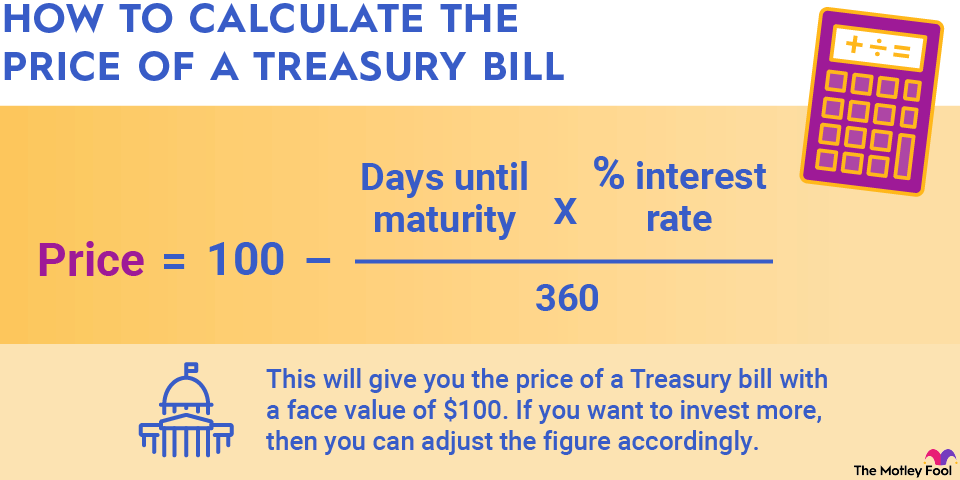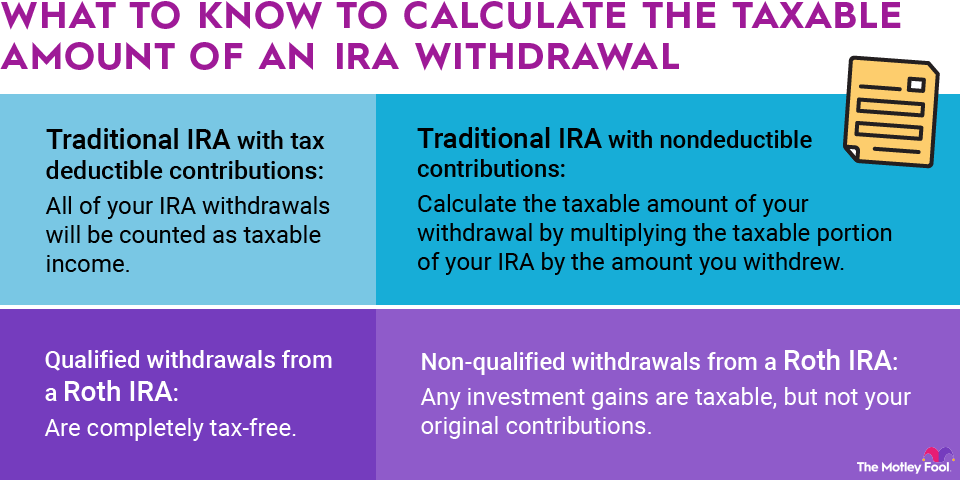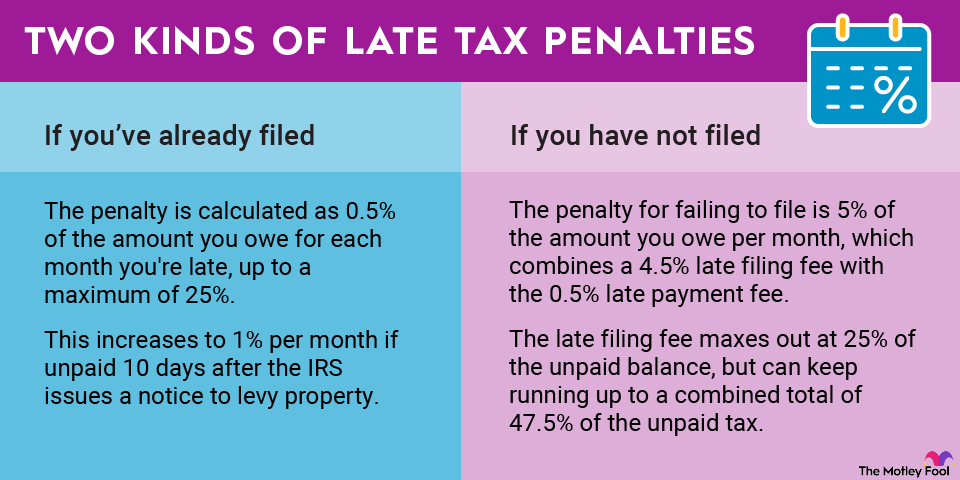The accounting rules dictate how much revenue to show and when to show it with a set of rules called revenue recognition. Most simply, a company should recognize revenue -- meaning put it on its income statement -- when it has been earned. In many cases, that's easy. When you buy an apple at the grocery store, the store earns that revenue the instant that you pay for the apple. It becomes more complex, though, when you consider many business-to-business transactions.
Example 1: Date of payment
For example, a contractor may buy lumber from a building company today but may not pay for the lumber for a few weeks. In this case, the building company would recognize the sale as revenue the instant the contractor takes the lumber, even though no cash has changed hands. The building company won't receive the payment until the contractor pays his invoice at the end of the month, potentially weeks or months after the revenue was recognized.
Example 2: Multiple portions of revenue
More complicated still, consider a software company that signs a large contract to sell its software along with ongoing support and consulting to an industrial firm.
The first complication is that the software's initial delivery will be recognized differently than the revenue from the ongoing support and consulting. The portion of the contract for the software will be recognized when the deal is closed, but don't forget that, as we already saw, this doesn't necessarily mean any cash has changed hands, either. The support and consulting portion of the contract won't be recognized immediately. Instead, that revenue won't appear on the income statement until those services are provided, probably on an incremental basis throughout the duration of the contract.
Example 3: Revenue receipt vs. contract date
Then, there is the issue of when the contract takes effect. If the two companies come to a verbal agreement on Sept. 15, in the third quarter, but the final contracts aren't signed until Oct. 1, the portion of the contract pertaining to the sale of the contract will be recognized in the fourth quarter, even though the deal was agreed to verbally in Q3. If the contracts were signed on Sept. 30, those numbers would show up in Q3 results. That could drive a potentially huge swing in each of these quarters' numbers.
Complicated enough for you? And that's a relatively simple example of a single contract.



















